This post may contain affiliate links. Please read our disclosure policy.
Brown butter – beurre noisette is a one ingredient kitchen staple, which is incredibly easy to make and tastes amazing! Unsalted or salted butter is gently and slowly cooked until the water has evaporated and the milk solids have browned, creating a delicious, nutty taste.
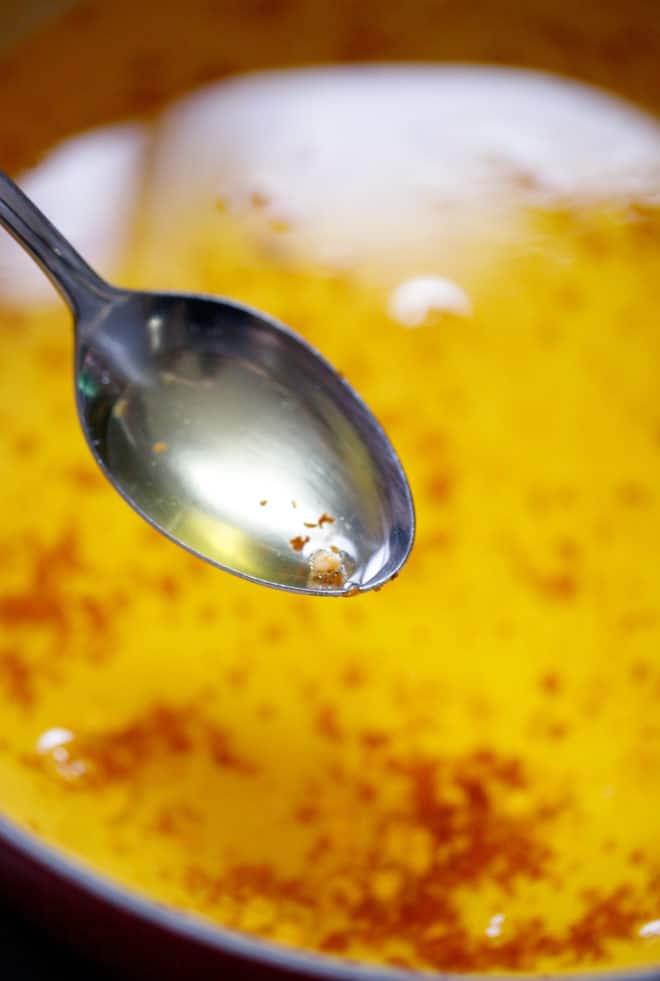
Brown Butter (beurre noisette)
Most of us have already made brown (or “browned”) butter unintentionally, when heating butter in a pan and leaving it to turn brown and fragrant. This happens easily with small amounts of butter in a hot pan, but you can also make larger amounts of this butter to use for later.
All you need to make butter browned is:
- butter
- white colored pan (any pan will work, but a light colored one will show the color of the butter and prevent burning)
- something to stir the butter with

What brown butter really is?
Butter is a dairy product made from the fat and protein components of milk or cream. It is a semi-solid emulsion at room temperature, consisting of approximately 80% butterfat. The rest is around 18% water and 1-2% water.
By slowly cooking the butter in a pan and letting the water evaporate, the milk solids separate and brown and not allowing the butter to burn, you create a tasty, nutty, hazelnut like flavored spread.
It is used at room temperature as a spread, melted as a condiment, and used as an ingredient in baking, sauce making, pan frying, and other cooking procedures.
It is made by cooking unsalted butter long enough to turn the milk solids brown while cooking out any water in the butter.
Difference between ghee, browned and clarified butter
You may be wondering is brown butter is different from ghee. How about clarified butter?
All three are made with butter by heating it.
Clarified butter
This is melted butter, cooked to the point where water evaporates and milk solids separate from the butter. You remove the milk solids from the top of the pan, by spooning them out. After the butter heats, the water starts to evaporate and the milk solids start to foam and separate at the top. The butter will splutter, because of the water evaporating. Once the spluttering is over, the butter has almost gotten clarified.
Milk solids that have separated will sink at the bottom of the pan. They will immediately start browning, which is when you need to remove the pan from the heat right away. We don’t want the milk solids to brown, because we may start making ghee or browned butter.
Generally you loose about 25 % of volume, once the butter is clarified.
Ghee
Also known as paleo butter, used in many healthy dishes. This is Indian clarified butter and there is a slight difference from American clarified butter.
It originated in India and is made by simmering butter in order to separate its components and remove the casein and lactose.
Ghee is lactose and casein free.
After cooking your butter to the stage of clarified butter, you continue to cook it longer, so the milk solids at the bottom of the pan brown and caramelize and the color of the butter starts to turn light amber and deep golden. Then you strain the butter, to remove the milk solids and any foam left.
This is what makes ghee lactose free.
Brown butter
Today’s post is all about brown (or browned) butter.
You melt the butter and let is start loosing the water in it. The milk solids separate, sink to the bottom of the pan and start browning. You stir the butter frequently to prevent burning. You cook it longer than ghee, to the point where the milk solids turn brown, just before they start to burn. The butter turns into deep amber color. It smells nutty and caramelly. It smells like toasted hazelnuts.
The most important thing at this point – make sure the milk solids brown very well, but don’t burn them. This will ruin the butter.
What kind of butter should be used to make it brown?
You can use any butter to make it brown. Store bought or homemade butter is ok. Salted or unsalted (sweet cream butter) will work. The lower the water content the better in my opinion. Commercial butter in the United is about 80% butterfat and 15% water.
Traditionally made butter may have as little as 65% fat and 30% water.
Uses of brown butter
Use brown butter in any recipe that calls for melted butter.
Can you cook with browned butter?
You certainly cook with brown butter, but I don’t recommend it. The reason why? You can easily burn it.
Instead you can drizzle it over soups, salads, eggs and veggies. Browned butter is great to be added to baked goods like cakes, breads, bread rolls, crepes, cookies and pancakes.
How to make brown butter
What type of butter to use to make it browned?
Either salted or unsalted commercial or homemade butter can be used to make it browned. Keep in mind that the higher the water content, the more splutter you’ll get and the more volume you’ll loose.
I personally like Kerrygold Irish butter for this recipe.
Steps to make the perfect brown butter
- Cut butter into small pieces – about 1/2-inch thick.
- Place butter in a pan, preferably light colored and heavy
- Melt butter over low to medium heat and continue cooking
Dairy free brown butter
If you follow a dairy free diet, you may be wondering if there is a dairy free substitute for this butter?
Vegan (dairy free) butters are not going to work in this recipe, because they contain no milk fat solids, which are not going to brown. Here is a great post on how to make Vegan brown butter.
Brown butter recipes
Use it to drizzle over noodles, ravioli or spaghetti. Add to grilled or roasted fish, shrimp, lobster or scallops, gravy, sauces or potatoes. Can you believe me that I’ve added this to my favorite homemade custard?
- Make the perfect crepes and use brown butter instead of regular melted butter in the recipe
- Use in in cake batter
- Drizzle over grilled or roasted veggies
How long to store browned butter in the fridge for
Brown butter can be kept in an air tight container in the fridge for up to one month. Brown butter will solidify in the fridge and the butter solids will stay at the bottom of the container. Another great option for preserving brown butter is freezing it in ice cube trays for up to 2 months
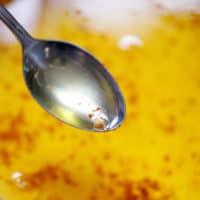
Brown butter
Instructions
- Don’t leave your stove unattended, because butter tends to brown quickly, once the water has evaporated and the milk solids have sank at the bottom.
- Cut butter into small pieces and add to a pan with a light colored surface.
- Melt over medium heat. The butter will start to foam and splutter, The milk solids will sink to the bottom of the pan and start to brown. Keep stirring for 8-10 minutes, until the butter turns into a dark amber color. It may take a little bit more or less time to get to this stage.
- Immediately remove from the heat and pour the butter with the milk solids to a jar.
Nutrition
Nutrition information is automatically calculated, so should only be used as an approximation.

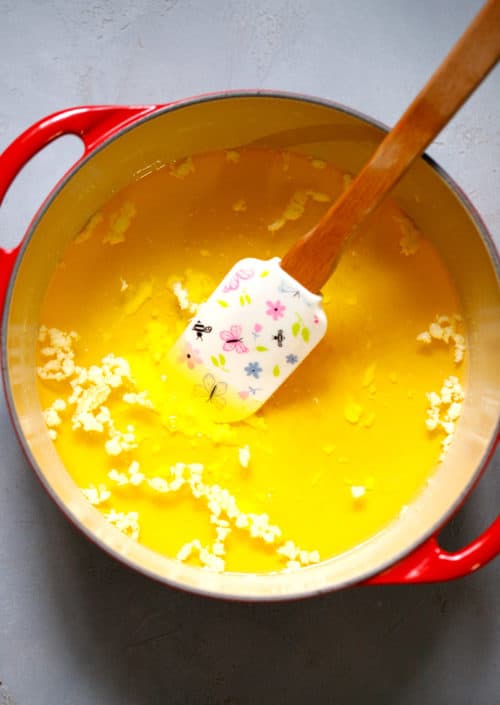
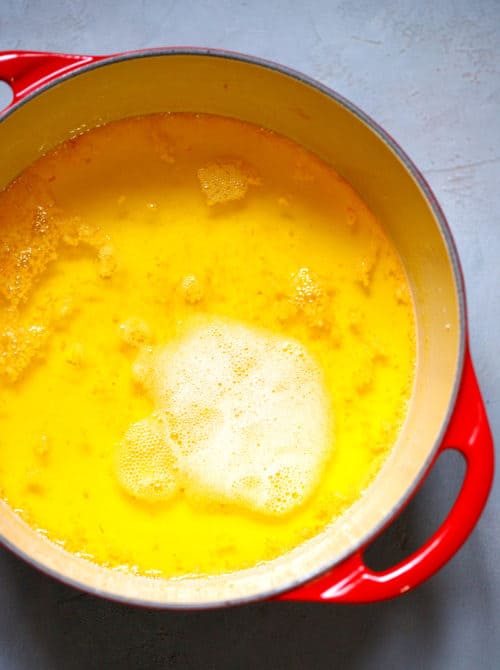
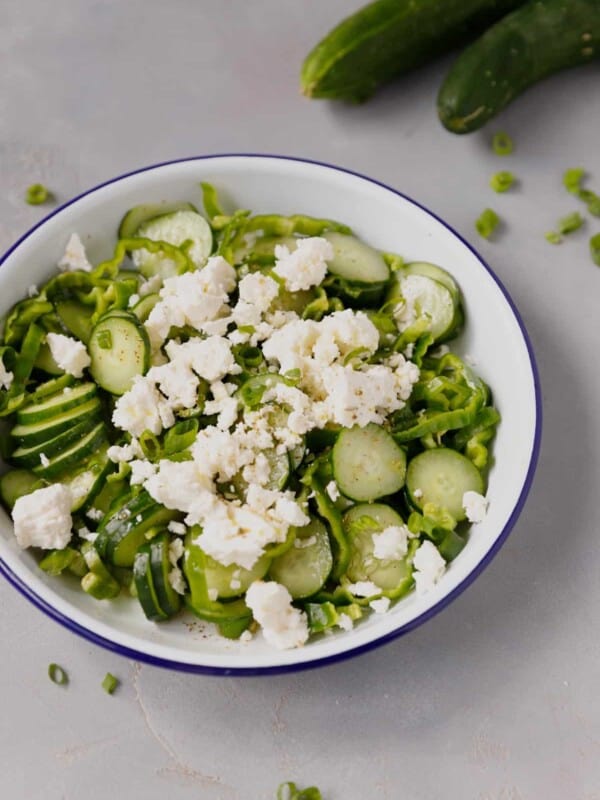
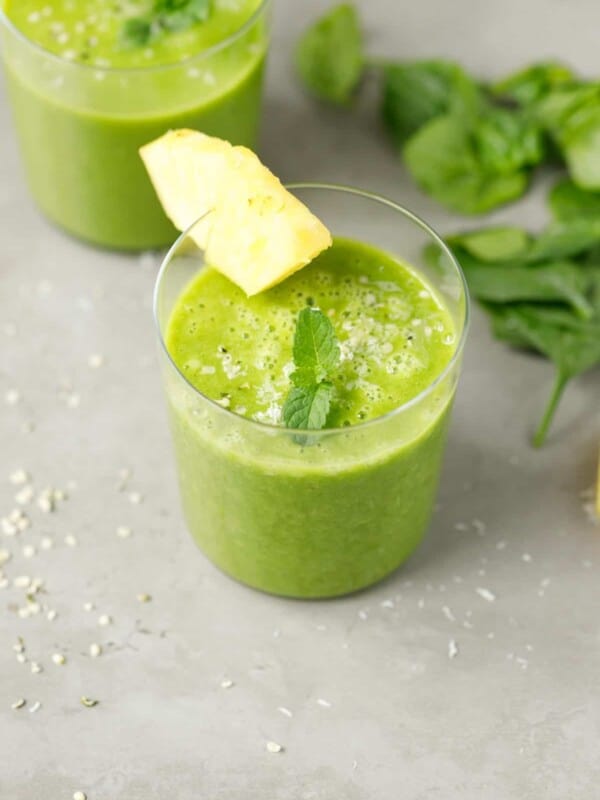
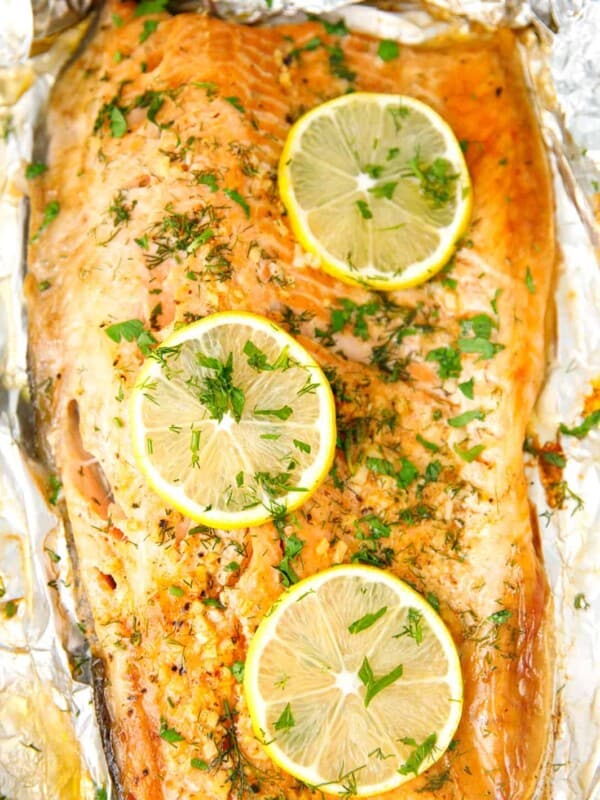


Thank you, Mira !